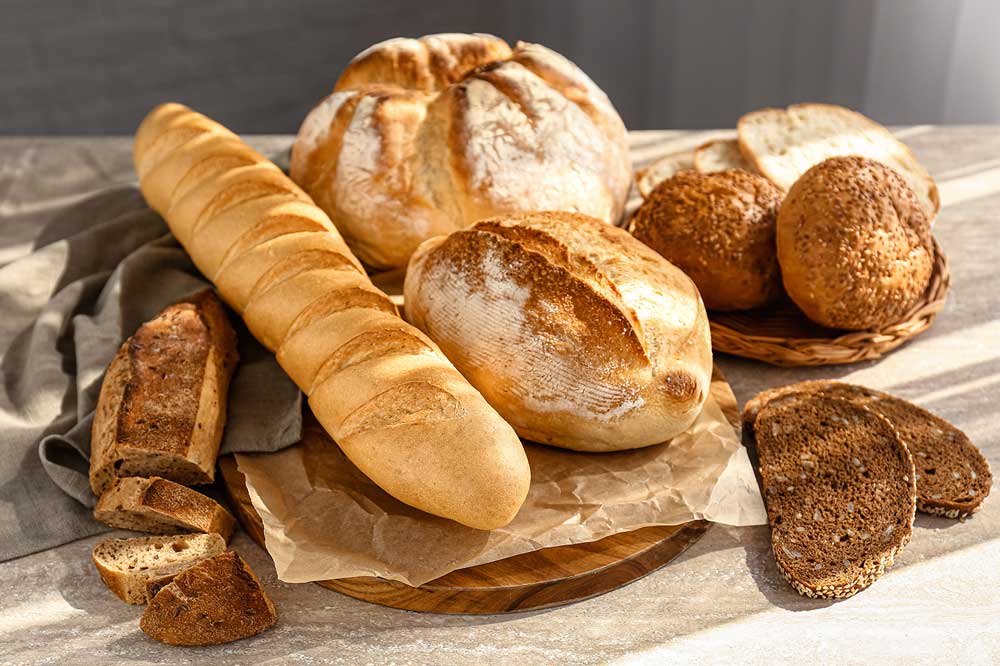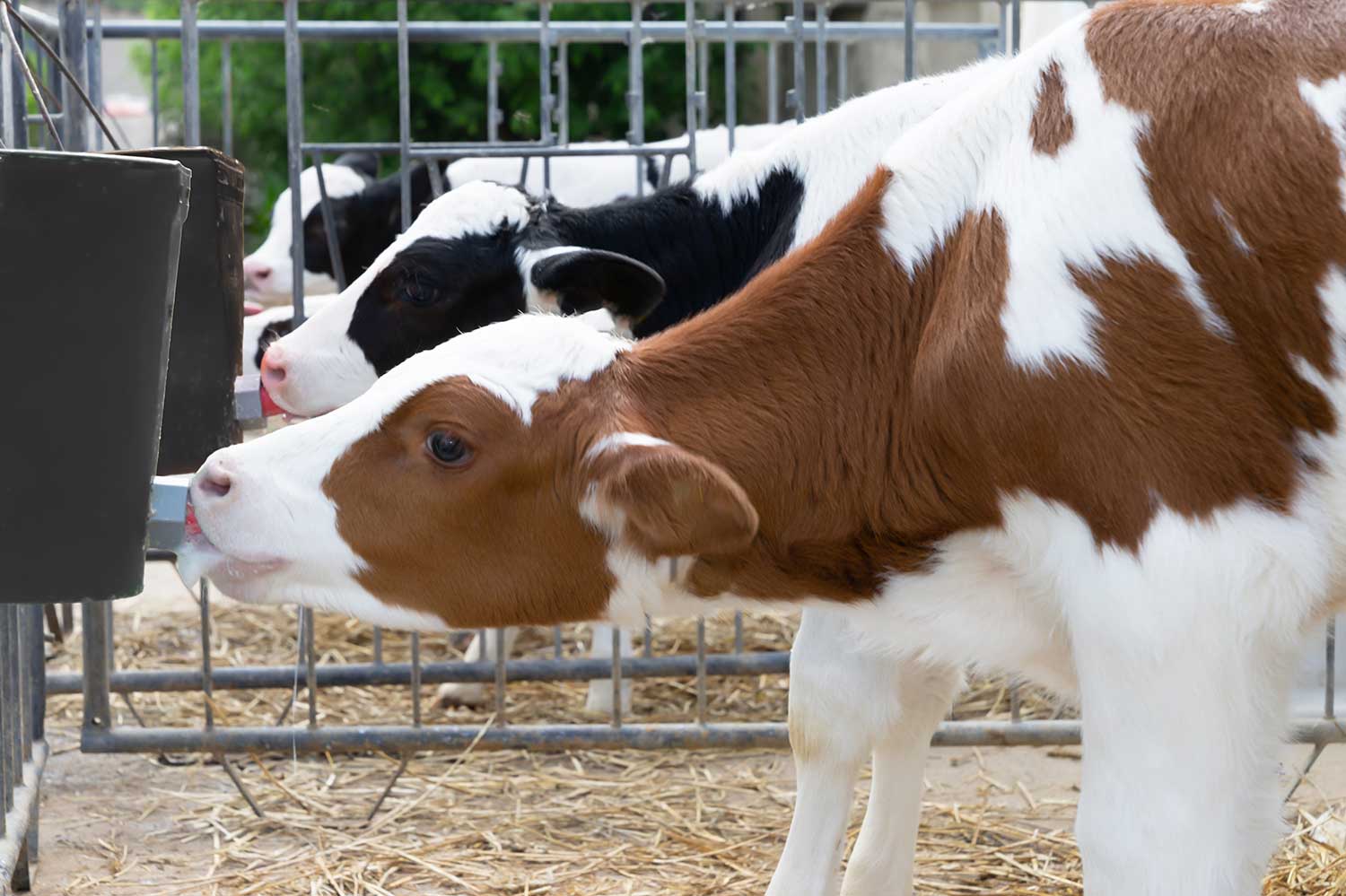Flour milling and bakery products
The most fundamental use and still the largest application of wheat protein is the adjustment of flour protein level by the flour miller or the baker. Fortification of weaker flour offers bakers and flour millers an attractive alternative to blending with expensive strong wheat and yet satisfy functional baking performance. With the increased emphasis on plant breeding to produce higher yielding wheat varieties there has been an associated decline in wheat protein content.
In baking wheat protein’s unique visco-elastic properties improve dough strength, mixing tolerance and handling properties. Its film-forming ability provides gas retention and controlled expansion for increased volume, uniformity and texture. Its water absorption capacity improves softness and shelf life.
Following the global trend in bread and baked good consumption the demand for wheat protein in this market segment grew approximately 2% per annum during the last years.
Petfood
The global petfood markets have grown strongly over the recent years except in 2022 when we saw a decline of 4%. Nonetheless wheat protein offers a superior protein level and functionality.
Wheat protein is one of the most digestible sources of protein for cats and dogs. Approximately 99% is digested when it’s part of the petfood diets.
It can be used in dry, moist and semi-moist petfood as well as in snacks and treats. In wet and semi-moist petfood wheat protein provides excellent water binding properties as well as texture in combination with other ingredients. Wheat protein is available in powder or extruded form.
Aquafeed
The growth in global aquaculture has been such that the traditional aquafeed protein ingredients like fishmeal are becoming scarce. Replacement of marine ingredients is and will be an important aim for fish feed producers. Vegetable proteins offer a sustainable solution for fishmeal replacement. Wheat protein has aside from a highly concentrated protein level excellent water binding properties and nutritional characteristics (very high protein digestibility). Wheat protein has unique functional properties for extruded aquafeed.
Due to the high level of glutamine wheat protein has a very interesting amino-acid profile for aquafeed.
Wheat protein is available in powder or in pellets (6-8 mm).
In recent years the wheat protein demand in this market sector was very strong except in 2022 when there was a decline of 10%.
Milk Replacement
Wheat protein, as a substitute for dairy protein, is widely used in calf milk replacer but also in lamb, piglet and other young animal milk replacer. It is generally used in soluble form (enzymatically or acid hydrolyzed). Wheat protein offers beneficial nutritional and digestive properties for intestinal health relative to skimmed milk powder.
Pastas and Noodles
Traditionally Italian style pasta is produced from extruded durum wheat semolina. If the high-grade durum wheat is unavailable or uneconomic, the pasta producer can select regular wheat grades as raw material and compensate for specific properties by using wheat protein.
Increasing industrialization of Asian style noodles production requires controlling of the wheat flour properties. Addition of wheat protein not only allows for standardization of the wheat flour but also produces superior noodles in terms of firmness, structure and cooking resistance.
Sauces and Savoury Flavourings
Wheat protein is a popular substrate for hydrolysis for the manufacture of vegetable protein hydrolysates. Rich in glutamine, it provides an opportunity to diversify the taste profile.
Protein Bars and Drinks
Wheat protein can be used as a protein source for high protein bars and drinks. It is highly digestible and is high in glutamine. It has therefore an interesting amino-acid profile for athletes.
Breakfast Cereal
Wheat protein fortified breakfast cereals have been widely accepted by consumers because they are very flavorful and nutritious. Wheat protein not only provides the protein desired for nutritional claims but also helps bind any vitamin-mineral enrichment components and contributes to the strength of the flaked cereals.



